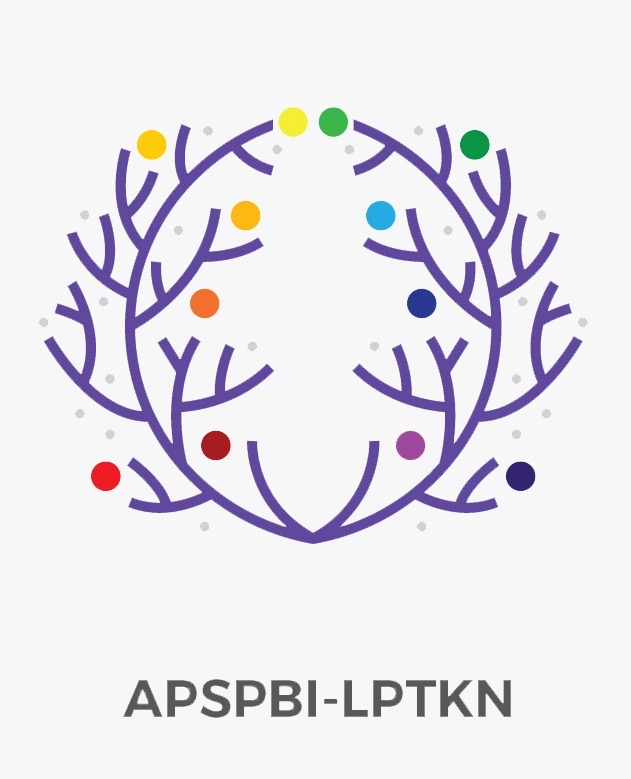IMPROVING STUDENTS’ VOCABULARY BY USING MIMICRY MEMORIZATION METHOD
DOI:
https://doi.org/10.53682/jellt.v5i2.6881Keywords:
Students' Vocabulary, Mimicry Memorization Method, English LearningAbstract
The research is about improving the students’ vocabulary by using Mimicry Memorization Method of eighth grade at SMP Berea Tondano. The purpose of this research is to find out the students’ vocabulary improvement after teach by Mimicry Memorization Method. This research is quantitative research uses pre-experimental design with one group pre-test and pos-test. This study involves 18 students. The result of this study shows that the mean score of post-test (63,61) is higher than score of pre-test (55). The result of this research shows Mimicry Memorization Method is suitable to use in help the students to improve their vocabulary. English teacher suggests to apply Mimicry Memorization Method in order to help students to improve their vocabulary. The teacher should prepare the material well to get maximum result in teaching learning process. Teacher should create the condition of the class to be fun and livelier
Downloads
References
Aitchison, J. (2001). New Media Language. London and New York: Routledge.
Creswell, J. W. (2008). Educational Research . Ohio: Pearson education.
E, F. (2002). Teaching of English as A Foreigner Language. Surakarta: Muhamadiyah University Press.
Gay, L. R. (2006). Education Research: Hell and Howell Company. Colombus, Canada: Pippin Publishing Limited.
Hampp, P. L. (2019). Use Of Songs In Teaching Simple To Be And Past Tense Teaching. Journal of English Language and Literature Teaching. Vol. 4 No. 1. http://ejournal.unima.ac.id/index .php/jellt/article/view/939
Hatch, E. a. (1982). Research Design and Statistic for Applied Linguistic. London: Rowley: new burry house.
Lehr, Fran. (2004). A Focus on Vocabulary is the Second Research-Based Practices. Available in http://www.prel.org./products/re_/ES0419.htm. Retrieved on 07 January 2012.
Manurung, H. (2003). Mastering English Competence . Jakarta: Great Media.
Mogea, T. (2019). The Effectiveness of Question and Answer Technique in Teaching Reading Comprehension at SMP Negeri 3 Ratahan. Journal of Educational Method and Technology Vol. 2 No.2. http://ejournal.unima.ac.id/index.php/jemtec.
Mozes G. N, Liando N. V. F. (2019). The Implementation of Phonic Method for Enhancing Very Young Learners’ Vocabulary. Advance in Social Science, Education and Humanities. Vol.438.
U, N. (2016). Ragam Metodologi dan Media Pembelajaran Bahasa Arab . Yogyakarta: Diva Press.
Panambunan E, Tulung G. J, & Maru M. G. (2016). Improving Students' Speaking Ability Through Communication Language Teaching of The Second Level Students at 'MEC' Megalia English Course. Universitas Negeri Manado: Lembaga Penelitian Unima. http://ejounal.unima.ac.id/index.php/jellt/article/view/44/23.
Tahrin A, Wowor D. J, & Liando N. V. (2018). Increasing Students' Vocabulary Through Mind Mapping Technique In Developing Students' Vocabulary Mastery at SMP Negeri 1 Remboken. Kompetensi Jurnal Ilmiah Bahasa dan Seni Vol. 5 No. 2. http://repository.unimaac.id/handle/123456789/267
Downloads
Published
How to Cite
Issue
Section
License
Copyright (c) 2023 JELLT (Journal of English Language and Literature Teaching)

This work is licensed under a Creative Commons Attribution-ShareAlike 4.0 International License.













